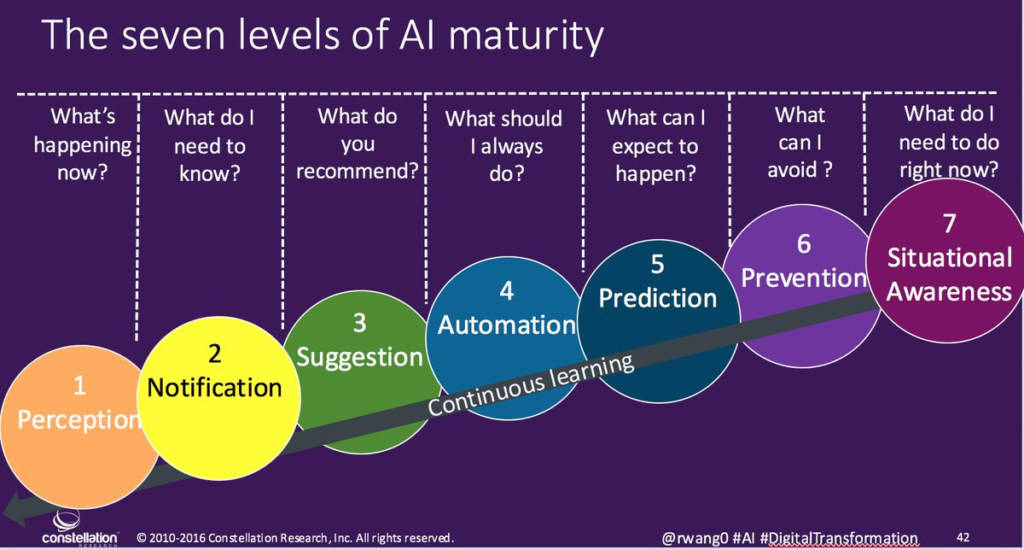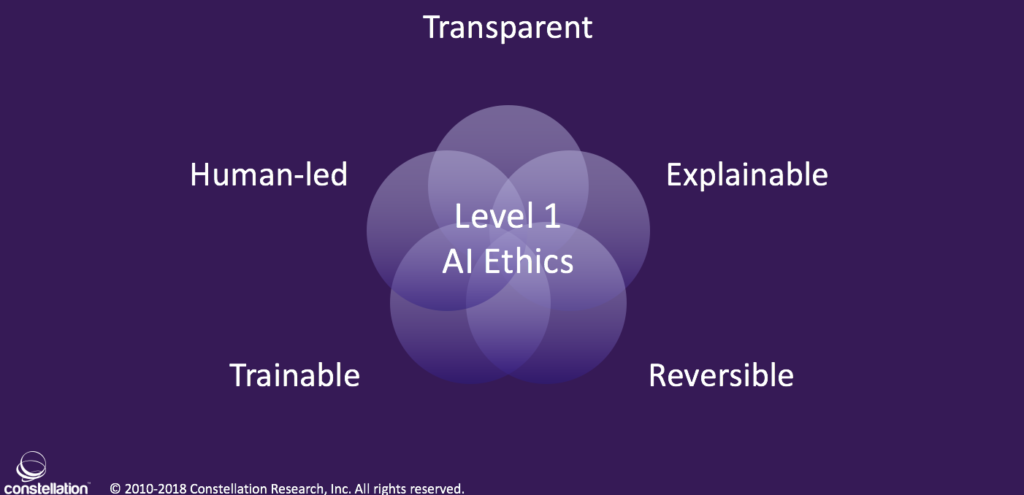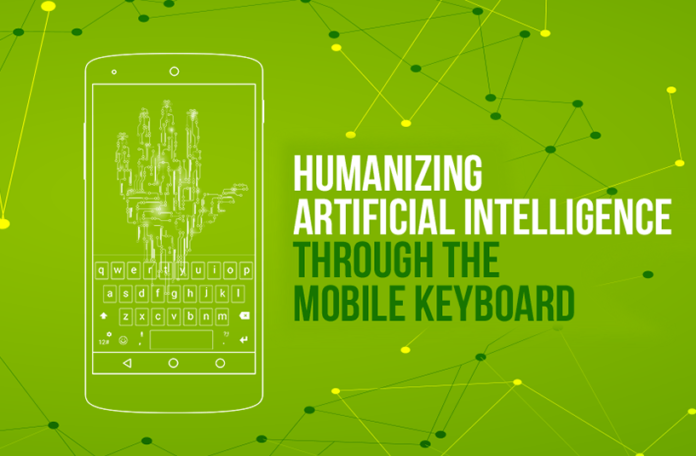Hello Guys, today let’s discuss the topic “Humanizing artificial intelligence”.
In the past 50 years, there were many technological changes which have brought us to harmful consequences. Similarly, there was advancement in AI technology which brought rise in robotics, finance,etc. The advent of AI could be scary sometimes because of bad human interventions.
AI has high IQ (Intelligence Quotient) but no EQ (emotional intelligence). We are today having a new kind of partnership with AI technology. We are having a new social contract that is based on mutual trust and not human trust.
New social contract including how to build AI that has empathy
In semi autonomous vehicles, one needs to take care that the driver is not drunk, drowsy or hasn’t taken any intoxications. With the help of chatbots, customers can get answers to all their questions and they can provide feedback too. Even healthcare professionals can rely on AI technology to enrich patient care.
Since AI technology does not have EQ, it can’t understand what humans feel. Thus, there is a need to develop AI such that it has the ability to understand human emotions and reactions. The new social contract requires diverse teams. The new social contract requires diverse data. Also it is ethical.

Humanizing Artificial Intelligence- Ethical considerations of AI
There are six kinds of ethical considerations of AI:
- Safe & reliable deployment
- Explainability – why a specific decision was made
- Consistency
- Incorrect decisions can lead to the exclusion of certain sectors
- Accountability
- Privacy risks

Importance of guarding against data and algorithmic bias
The availability of huge amounts of data sets has made it easy to derive new insights through computers.Hence, algorithms, which are a set of step-by-step instructions that computers follow to perform a task are in use. They have more pervasive tools for automated decision-making.
While algorithms are used in many contexts, we focus on computer models that make inferences from data about people. We also focus on their identities, their demographic attributes, etc. It make use of their preferences, and their likely future behaviors, as well as the objects related to them.





